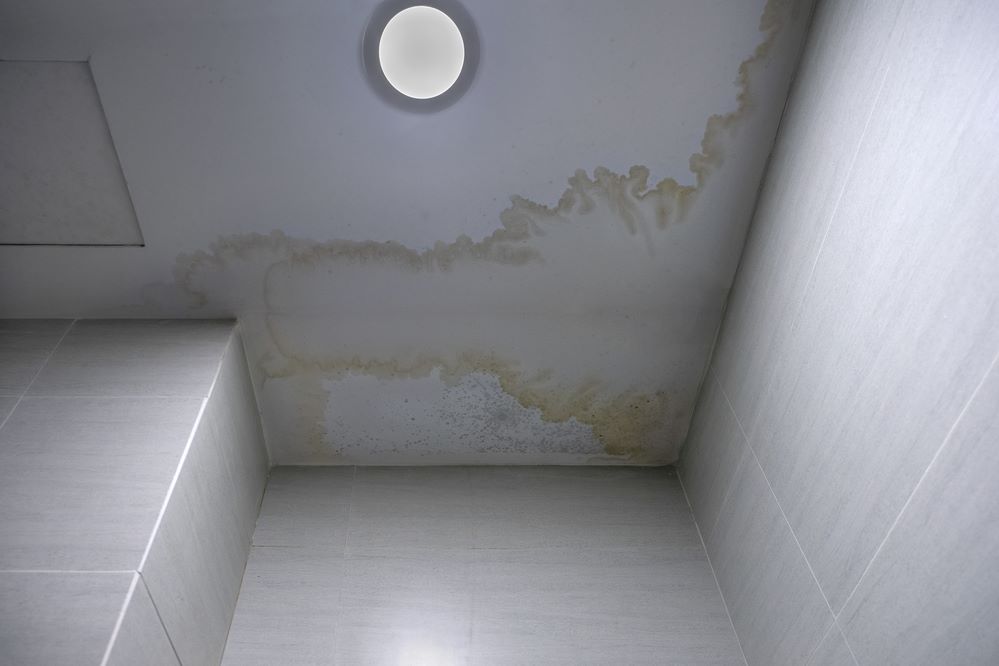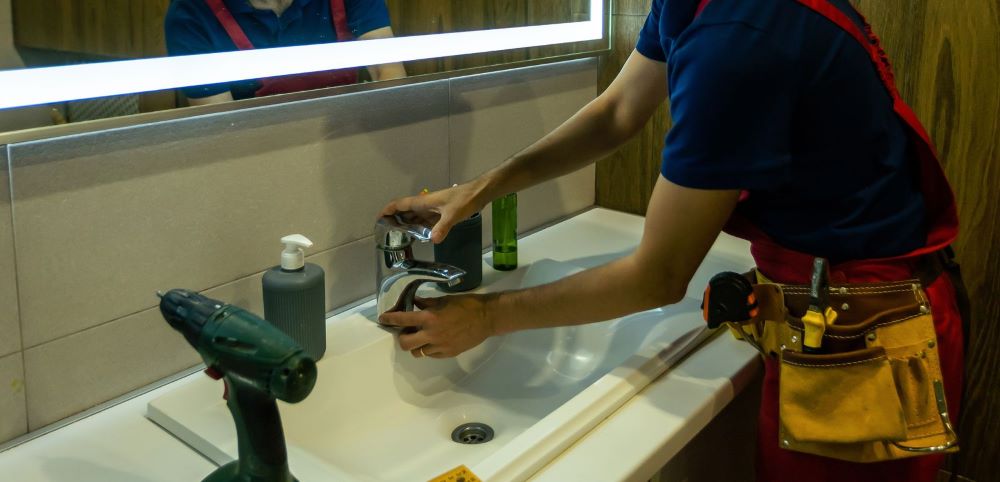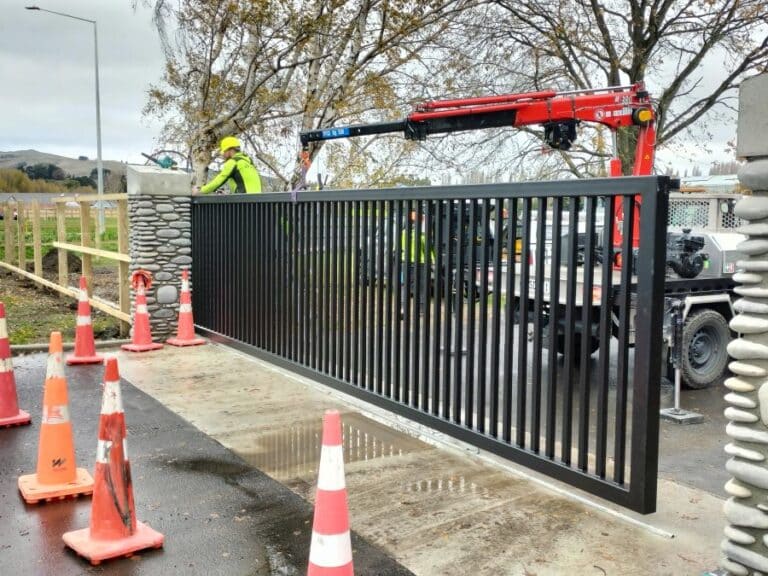A water leak is often deemed a homeowner’s nightmare and can wreak havoc in New Zealand’s diverse environments. The challenges vary from the rugged terrains of the South Island to the subtropical climate of the North Island. Still, the consequences remain consistent: water leaks can lead to catastrophic structural damage, unchecked mould proliferation, and exorbitant water bills.
These challenges often require an advanced understanding of detecting and repairing water leaks. A skill every New Zealand homeowner should understand.
In this comprehensive guide, we will look into the intricacies of identifying, locating, and fixing water leaks and understand when to call a plumber to help.
Armed with profound knowledge, specialised tools, and the expertise of your local professional, it will safeguard your financial interests and protect your valuable property from potential disasters.
Understanding the Types of Water Leaks
When it comes to finding and fixing water leaks in your home, it’s essential to understand the different types:
- Visible Leaks: These are the easiest to notice because you can see water dripping or pooling in obvious places like sinks or appliances. Leaky faucets, cracked pipes, and malfunctioning appliances often cause visible leaks.
- Hidden Leaks: These leaks are tricky because they’re not easy to see immediately. They can hide inside walls, ceilings, or even underground. Hidden leaks are usually caused by damaged pipes or corrosion.
- Slow Leaks: Slow leaks are like sneaky water ninjas. They don’t show visible water immediately but can cause long-term damage. They weaken your home’s structure and encourage the growth of mould. Often, slow leaks will start from tiny cracks or worn-out seals.
Therefore, understanding these types of leaks will help you deal with them effectively and keep your home safe and secure.

Signs of Water Leaks
Now that you’re familiar with the different types of water leaks let’s take a closer look at the signs that might suggest you have a leak in your home:
- Increased Water Bills: If you notice a sudden and unexplained increase in your water bill, it’s a red flag. Even when you haven’t changed your water usage habits, a hidden leak could be causing water to escape without your knowledge. Keep an eye on your water bills for any unexpected spikes.
- Water Stains: Inspect your walls and ceilings for discoloured patches or streaks. These water stains can indicate that water is seeping through and damaging your home’s structure. They often appear as brown, yellow, or even dark spots.
- Musty Odors: A musty or mouldy smell in your home can indicate water damage, even if you can’t see any visible signs of moisture. Mould and mildew thrive in damp conditions, so detecting this odour is a strong signal that water may be lurking somewhere.
- Low Water Pressure: When your faucets or showerheads suddenly experience reduced water pressure, it may be due to a hidden plumbing leak. The leak can disrupt normal water flow through your pipes, resulting in lower pressure at your taps.
By being vigilant for these signs, you can catch water leaks nice and early and be able to take action to prevent further damage. Addressing any leaks promptly saves you money and protects your home from potential harm.
Once you’ve noticed the signs of a water leak in your home, the next crucial step is to pinpoint where the leak is coming from. Here are some methods to help you locate the source:
Visual Inspection
Start by visually inspecting areas where you suspect a leak might be occurring. Look under sinks, around appliances like washing machines or dishwashers, and near any visible pipes. Check for dampness, water stains, or pooling water.
Use a Water Meter
To detect hidden leaks in your plumbing system, turn off all water-using appliances and fixtures in your home. Then, check your water meter. If the meter continues moving even when no water is being used, it’s a strong indicator of a leak somewhere in your plumbing.
Dye Testing
If you suspect a toilet leak, you can perform a simple dye test. Add a few drops of food colouring into the toilet tank (the upper part of the toilet). Wait for a while without flushing. If you see coloured water in the toilet bowl, it means you have a leak in the toilet’s seal or flapper.
Infrared Technology
For hard-to-find hidden leaks, you might consider using advanced tools like infrared cameras or moisture detectors. These devices can help you locate leaks that are behind walls, under floors, or otherwise out of sight. They work by detecting changes in temperature or moisture levels associated with leaks.
By using these methods, you can usually pinpoint the exact location of the water leak in your home. This step is crucial for effective and targeted repairs, helping you prevent further damage and saving you money on repair costs.

Repairing Water Leaks
Once you’ve successfully pinpointed the source of the water leak, it’s time to take action and address the issue. Here are the steps you need to consider:
- Fixing Minor Leaks: If you’ve identified a visible minor leak, you may be able to tackle it yourself. Start by checking for loose connections or damaged seals. You can often resolve these issues by tightening connections or replacing faulty seals. Turning off the water supply to the affected area is essential before attempting any repairs.
- Calling a Professional: When dealing with significant or hidden leaks, it’s usually best to seek the expertise of a professional plumber. They have the knowledge, experience, and specialised tools required to address complex issues without causing further damage. Professional plumbers can also ensure that repairs are done correctly, preventing future leaks.
- Pipe Replacement: In some cases, especially if pipes are severely damaged or corroded, they may need to be replaced entirely. Pipe replacement is a more extensive but necessary solution to prevent future leaks and maintain the integrity of your plumbing system. This is a task best left to experienced plumbers.
- Preventative Measures: After repairing the leak, it’s essential to take preventive steps to avoid future issues. Consider insulating pipes in areas prone to freezing, ensuring proper drainage to prevent water buildup, and implementing a regular inspection schedule for your plumbing system. These measures help you proactively maintain your plumbing and reduce the risk of future leaks.
Water Leak Conclusion
Mastering the art of detecting and repairing water leaks is crucial for every homeowner. By familiarising yourself with the various types of leaks, being vigilant for their signs, and knowing how to pinpoint and fix them, you take significant steps toward safeguarding your home from expensive damage and ensuring a secure and pleasant living environment.
It’s essential to remember that when faced with uncertainty or confronted by complex leaks, the wisest course of action is to seek the assistance of a professional plumber in Waikato. Or anywhere in New Zealand. These experts possess the necessary expertise and have access to specialised tools that can effectively address even the most challenging plumbing issues.
By following the guidelines outlined in this guide, you can become a vigilant guardian of your home’s integrity. Your diligence in tackling water leaks will protect your valuable property and save you from unnecessary expenses. Your home, wallet, and peace of mind will undoubtedly thank you for your proactive approach to maintaining a leak-free living space.




